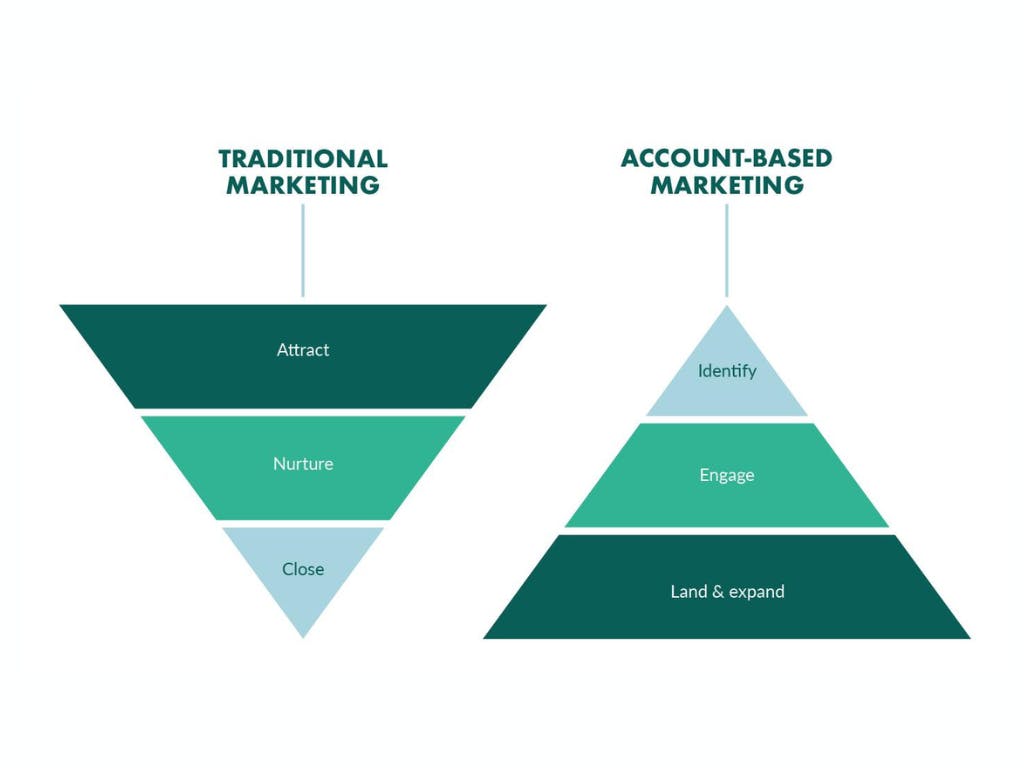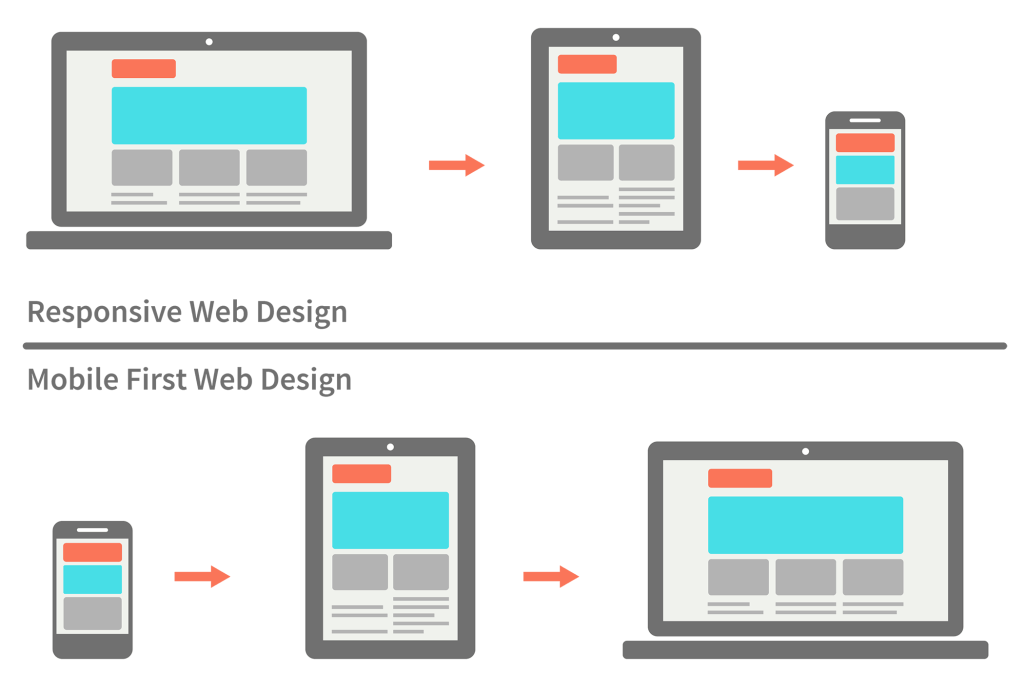8 Digital Marketing Trends SaaS Founders Should Pay Attention To

Digital marketing is constantly evolving, and it can be tough to keep up with the latest trends.
As a SaaS founder, it's essential to stay on top of the latest digital marketing trends to drive your business's growth.
Today, we'll share eight digital marketing trends that SaaS founders should consider.
Table of contents
- 1. The Rise of Account-Based Marketing
- 2. The Power of Influencer Marketing
- 3. The Importance of Personalization
- 4. The Shift to Mobile-First Content
- 5. The Rise of Voice Search
- 6. The Need for More Visual Content
- 7. The Importance of Data-Driven Marketing
- 8. The Proliferation of Platform-native Content
- Conclusion
1. The Rise of Account-Based Marketing
Traditionally, marketing has been focused on acquiring new customers. However, with the rise of account-based marketing (ABM), the focus is shifting to retaining and growing existing accounts.
ABM is a targeted approach to marketing, where you identify and focus on key accounts that have the potential to generate the most revenue for your business.

Instead of focusing on the masses, you focus on quality over quantity and build relationships with key decision-makers at your target accounts.
For instance, you might create custom content or offer exclusive deals to key accounts.
You might also align your sales and marketing teams so they're working together to close deals at key accounts.
ABM can be an extremely effective way to grow your SaaS business, and it's something that all SaaS founders should be aware of.
With the increasing importance of customer retention, ABM is only going to become more popular in the years to come.
How can you prepare for the rise of ABM?
If you're not already doing it, start aligning your sales and marketing teams so they're working together to close deals.
You should also start focusing on key accounts and creating custom content or offers for them.
Some other steps you can take include:
- Creating a dedicated ABM team: This team should be responsible for managing your key accounts and executing your ABM strategy.
- Identifying your ideal customer profile (ICP): Your ICP is a description of your ideal customer, which will help you identify and target the right accounts.
- Creating account-specific content: This content should be tailored to the needs of your key accounts and help them solve their specific challenges.
Ultimately, the goal is to build relationships with your key accounts and show them that you're invested in their success.
2. The Power of Influencer Marketing
Influencer marketing is a form of word-of-mouth marketing where you partner with influencers to promote your brand.
Influencers have a large following and can generate a lot of exposure for your brand.
They can also help you reach a new audience and build trust with potential customers.
For instance, let's say you're launching a new SaaS product.
You could partner with an influencer already using a similar product and has a large following in your target market.
You might also give them a free trial of your product and ask them to write a review or share their experience with their followers.
If you pay attention to the latest super bowl ads, you'll notice that a lot of them featured influencers.
For example, Amazon's Alexa ad featured celebrities like Michael B. Jordan, Harrison Ford, and Ellen DeGeneres.

While it's not always feasible to partner with celebrities, there are influencers in every niche that you can partner with to promote your brand.
How can you prepare for the power of influencer marketing?
First, you need to identify your target market and find influencers who have a large following in that market.
You should also create a budget for influencer marketing and consider what type of content you want them to create.
Finally, make sure you have a system in place to track your results so you can measure the ROI of your influencer marketing campaigns.
Some other ideas include:
- Using influencer marketing platforms: These platforms can help you find and connect with influencers.
- Reaching out to influencers directly: If you have a smaller budget, you can reach out to influencers directly and offer them a free product or other incentives to promote your brand.
- Working with micro-influencers: Micro-influencers have a smaller following than celebrities or top influencers, but they're often more engaged with their followers and can be more affordable to work with.
3. The Importance of Personalization
Personalization is the process of tailoring your marketing messages to the needs of individual customers.
It's a way to stand out in a crowded market and show your customers that you care about their needs.
There are a few different ways you can personalize your marketing, including:
- Using customer data: You can use data like customer location, purchase history, and demographics to personalize your marketing messages.
- Segmenting your lists: Segmenting your email list or other customer lists allows you to send targeted messages to specific groups of people.
- Using customer profiles: Customer profiles are a way to create a fictional representation of your ideal customer. They can help you segment your lists and create more targeted marketing messages.
4. The Shift to Mobile-First Content
More and more people are using their phones to access the internet, which means brands need to create mobile-friendly content.
Mobile-first content is designed to be easy to read on a small screen and doesn't require users to zoom in or scroll horizontally.
It's also designed to load quickly since users are often on the go and may not have a strong internet connection.

If you want to prepare for the shift to mobile-first content, you need to make sure your website is responsive and your content is easy to read on a small screen.
You should also focus on creating shorter, more concise content that can be consumed quickly.
And finally, make sure your content is optimized for mobile search by using keyword-rich titles and descriptions.
5. The Rise of Voice Search
Voice search is a growing trend, thanks to the popularity of devices like Amazon Echo and Google Home.
Voice search allows users to speak their query into a device and get a spoken response.
It's convenient for users and can be faster than typing out a search query.
To prepare for the rise of voice search, you need to make sure your website is optimized for it.
That means using keyword-rich titles and descriptions, as well as creating long-tail keywords that are more likely to be used in a spoken query.
You should also focus on creating content that is easy to understand since users will be getting your message through spoken word.
Some practical tips for optimizing your content for voice search include:
- Using short, simple sentences: This will make your content easier to understand when it's spoken aloud.
- Using keyword-rich titles and descriptions: This will help your content show up in voice search results.
- Creating long-tail keywords: Long-tail keywords are more likely to be used in a spoken query.
6. The Need for More Visual Content
Visual content is any content that uses images, videos, or infographics.
It's a way to engage your audience and make your content more shareable.
And it's becoming increasingly important as people are bombarded with content and have shorter attention spans.
To create more visual content, you can:
- Use Canva or another design tool to create images, infographics, and videos.
- Repurpose existing content into different formats. For example, you could turn a blog post into an infographic or a podcast into a video.
- Partner with another brand to create joint visual content.
7. The Importance of Data-Driven Marketing
Data-driven marketing is an approach that uses data to guide marketing decisions.
It's becoming increasingly important as brands access more data than ever before.
To practice data-driven marketing, you need to:
- Collect data from various sources, including website analytics, social media analytics, and customer surveys.
- Analyze the data to identify trends and patterns.
- Use the insights from your data to inform your marketing decisions.
For example, you could use data to decide which channels to focus on, what type of content to create, or who your target audience is.
Using data to guide your decisions, you can improve your marketing results and better understand what works for your business.
8. The Proliferation of Platform-native Content
Platform-native content is created specifically for a particular social media platform.
It's different from traditional forms of marketing, which are often repurposed for social media.
Platform-native content is designed to take advantage of the unique features of each social media platform.
For example, Instagram Stories are platform-native content that can only be created on Instagram.
Producing this type of content can be time-consuming and requires a different approach for each platform.
But it's worth the effort, as platform-native content is more likely to be seen and engaged with by users.
To create platform-native content, you need to:
- Identify the unique features of each social media platform.
- Think about how you can use those features to create content that will engage your audience.
- Experiment with different types of platform-native content to see what works best for your business.
Conclusion
Digital marketing is constantly evolving, and it can be difficult to keep up with the latest trends.
But by staying up-to-date on the latest trends, you can ensure that your marketing efforts are effective and relevant.
Some of the most important digital marketing trends for SaaS founders include the rise of voice search, the need for more visual content, and the importance of data-driven marketing.
By keeping these trends in mind, you can create a marketing strategy to help you reach your target audience and achieve your business goals.

